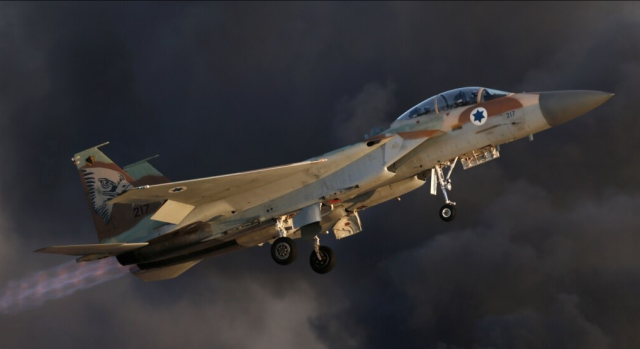On August 30th, 1987, a consequential decision was reached within the Israeli security Cabinet after a heated 12-11 vote. This decision marked the conclusion of the ambitious Lavi fighter jet project, which had been under development by Israel Aerospace Industries since 1980. Notably, the Lavi prototype had already taken to the skies in December 1986.
Named "Lavi," meaning "Lion cub" in Hebrew, this delta-wing aircraft shared a resemblance with the renowned American F-16 and was envisioned to become the flagship fighter jet of the Israeli Air Force, contributing to the nation's self-sufficiency in defense capabilities. However, the project encountered persistent challenges right from its inception, exacerbated by Israel's substantial defense expenditures.
Initially estimated at $15.2 million per aircraft, the projected cost of each Lavi plane surged by 45%. The escalation was a consequence of total expenditures surpassing the anticipated $11 billion, combined with a reduction in planned production numbers from 300 to a mere 80 planes. The intricate design specifications of the Lavi were further complicated by the need to counter both Soviet and American aircraft, which were in service across numerous Arab countries hostile to Israel during that era.
IAI Lavi
— Alfied 2.0 ✈️ 🇧🇷 (@AlfieAceinExile) June 5, 2022
A single-engined fourth-generation multirole jet fighter developed in Israel, by Israel Aircraft Industries (IAI), during the 1980s. pic.twitter.com/FB3xGC1hYj
Despite initial military planner expectations of exporting over 400 units of the Lavi, Israel eventually opted against any foreign sales of the aircraft. The strain of military spending on the economy ignited significant political turbulence. Consequently, various segments of the defense budget had to be curtailed before the Lavi project emerged as a prime candidate for termination.
A decisive debate unfolded among key figures within the government. While Finance Minister Moshe Nissim supported its cancellation due to its unfeasibility, Foreign Minister Shimon Peres of the Labor Party championed the discontinuation of the Lavi. On the contrary, Moshe Arens, a minister without portfolio and an Israeli Air Force veteran, vehemently fought to salvage the fighter jet initiative.
הצטרפו לחגיגות של מערך ה״סופה״ ✈️🎉
— Israeli Air Force (@IAFsite) August 23, 2023
השבוע, התכנסו בבסיס רמון כל טייסות הסופה של החיל: טייסת 119 (“העטלף״), טייסת 253 (״הנגב״), טייסת 201 (״האחת״) וטייסת 107 (“אבירי הזנב הכתום״). זאת, במטרה לחגוג ולציין את חג מערך הסופה בעודם טסים בשמיים יחד במטסים הנעשים בשיתוף פעולה מיוחד pic.twitter.com/Tb0HvbcYhi
The decision to halt the Lavi project yielded a temporary respite on the budget front, but it also exacted a heavy toll. As many as 6,000 jobs at Israel Aerospace Industries were lost. In lieu of the Lavi, Israel opted to procure 90 F-16Cs. Interestingly, the technological advancements and engineering breakthroughs from the Lavi endeavor played a pivotal role in Israel's achievement of launching its inaugural space satellite in 1988. Furthermore, these developments served as a cornerstone for the subsequent boom in Israel's high-tech sector during the early 1990s.
While Israel might not boast an entirely distinctive indigenous fighter jet, it takes pride in its highly successful range of tanks and Armored Personnel Carriers known as the "Merkava" and "Namer." Additionally, the American fighter jets utilized by the Israeli Air Force today have been skillfully adapted to align with the unique regional requirements.


